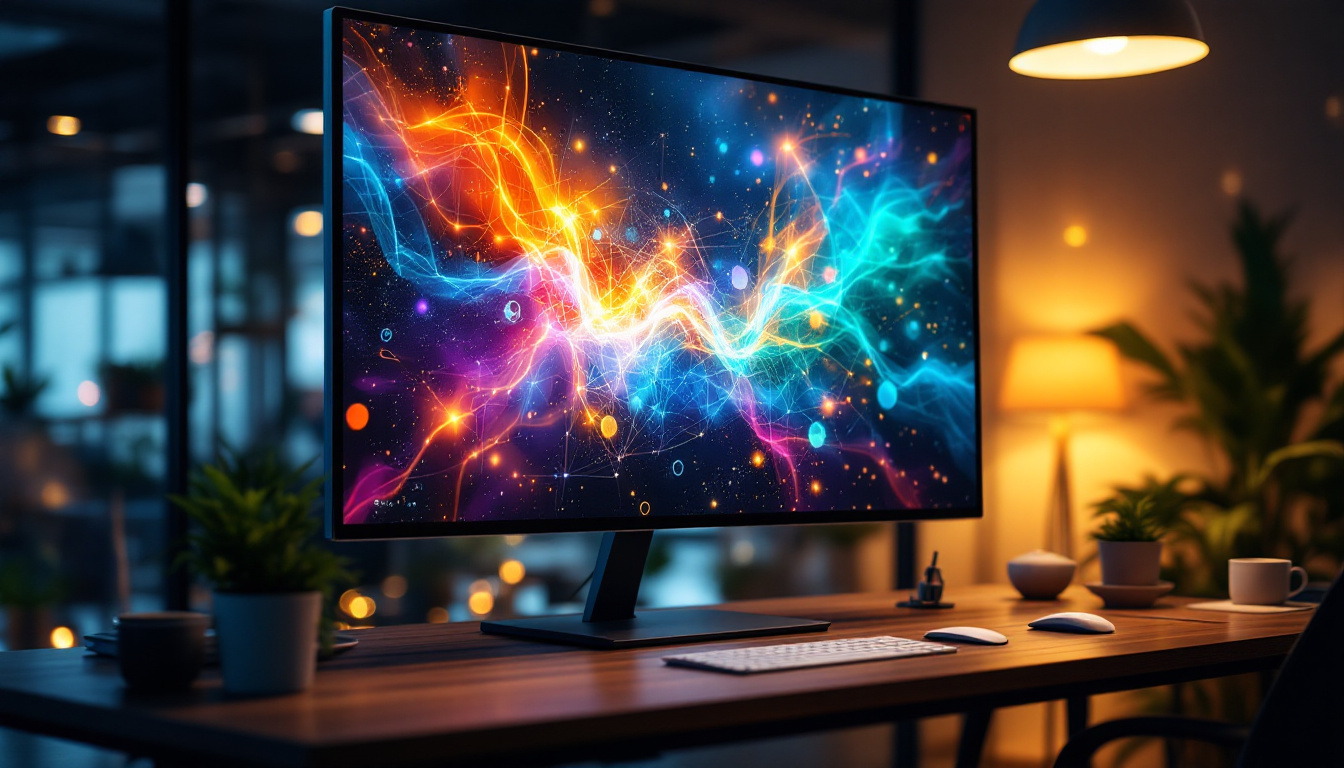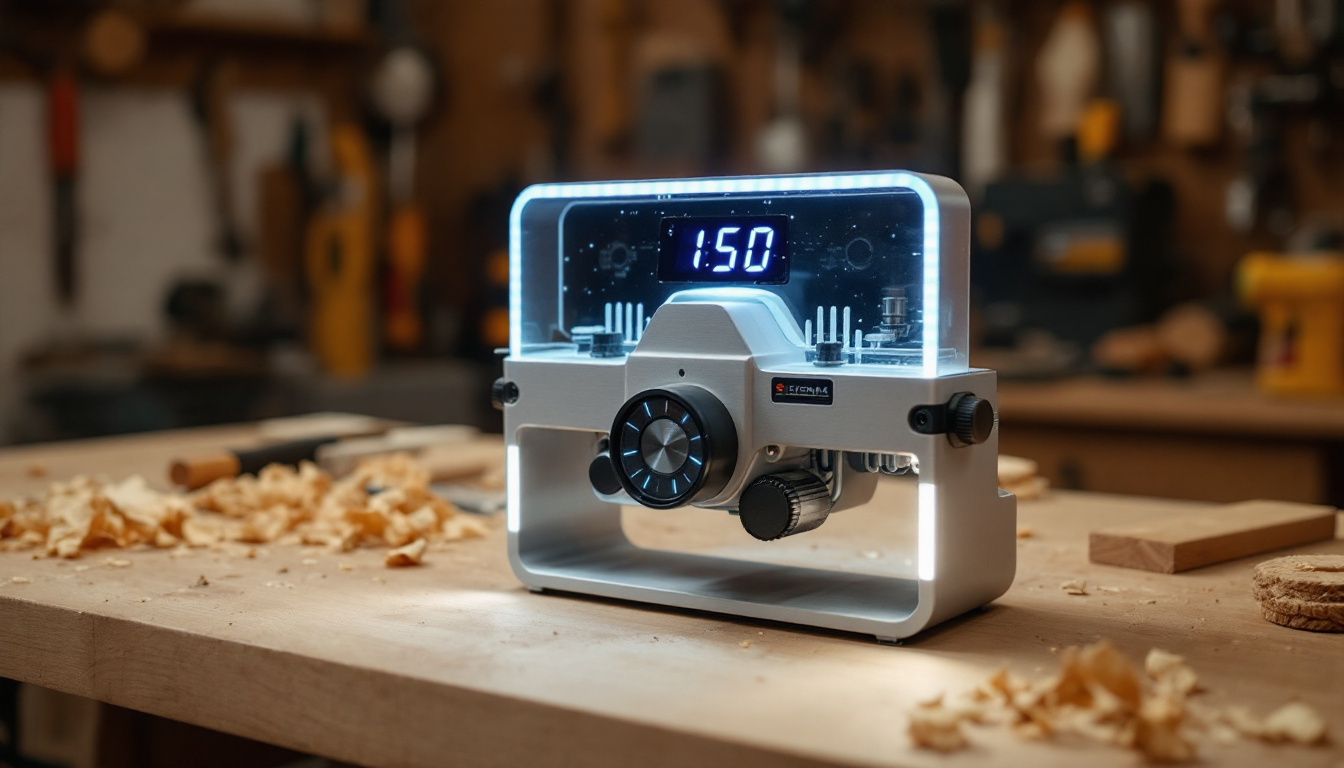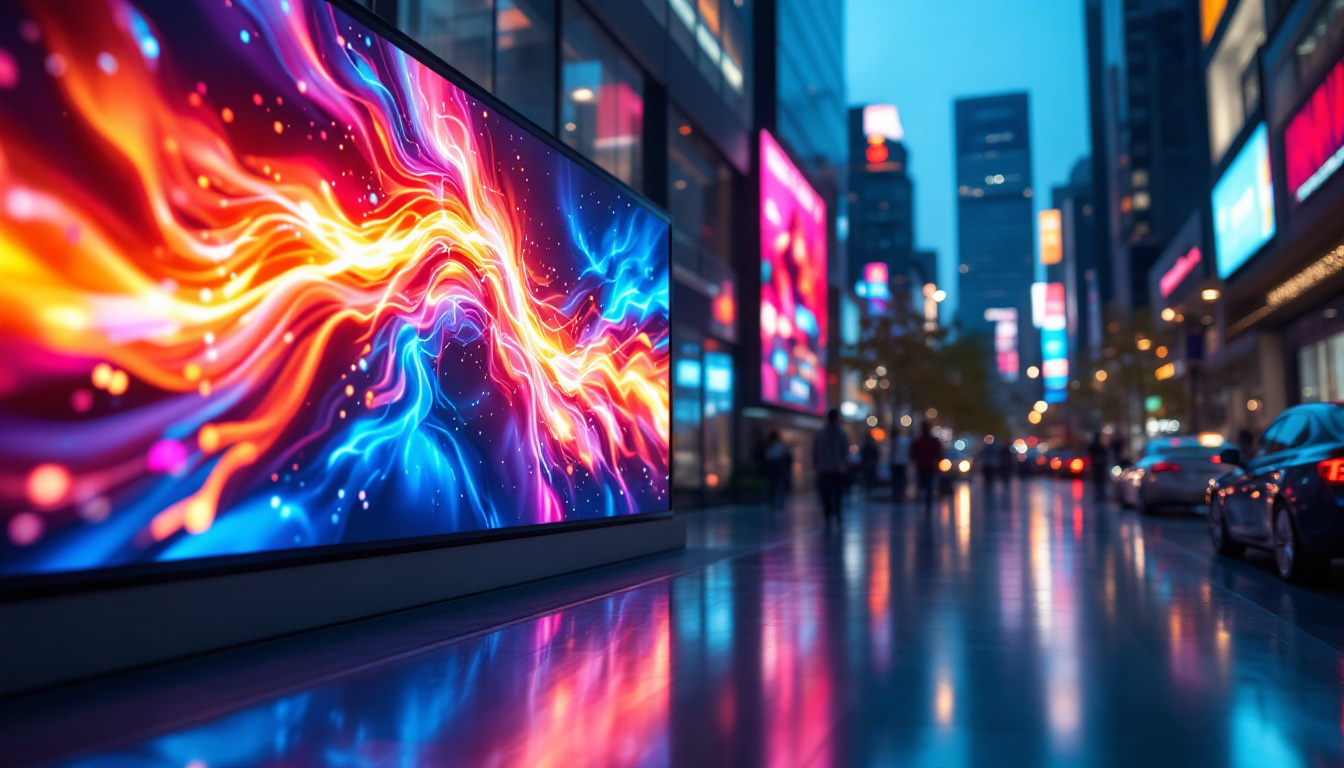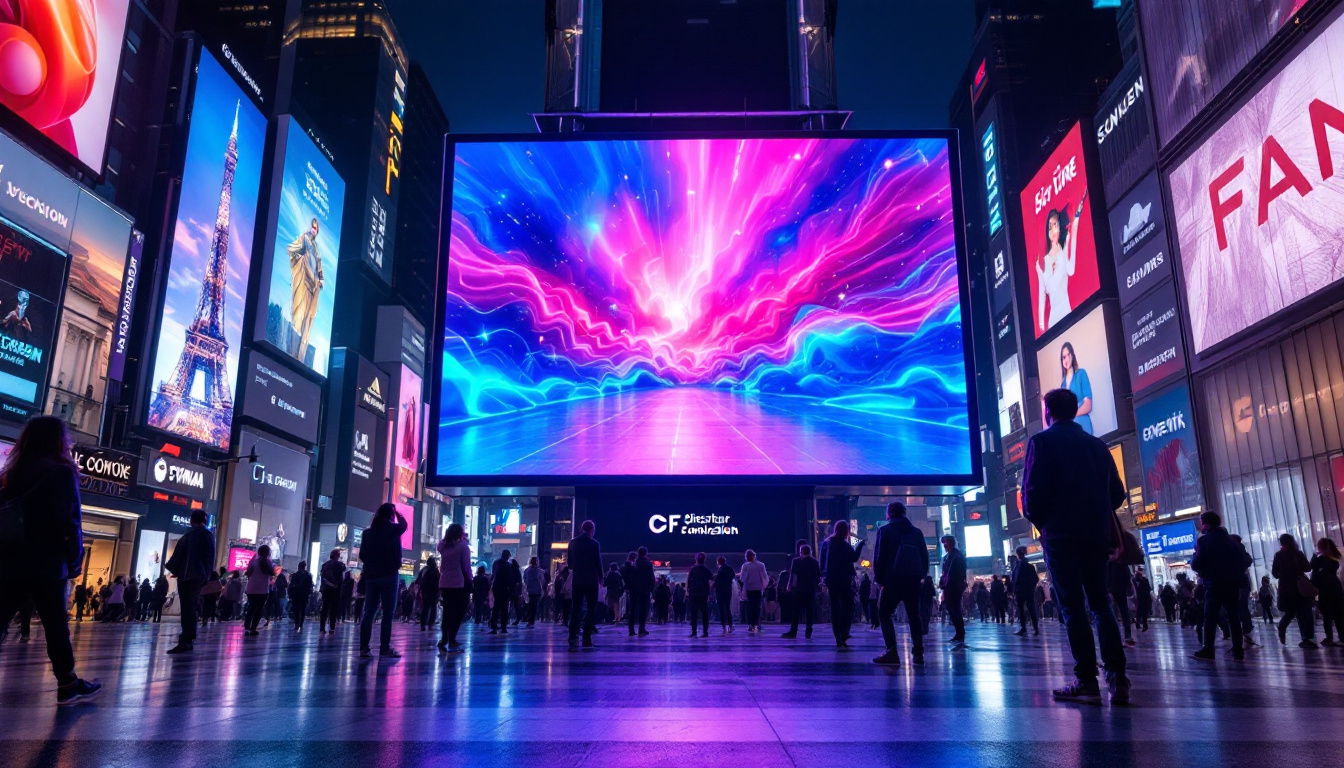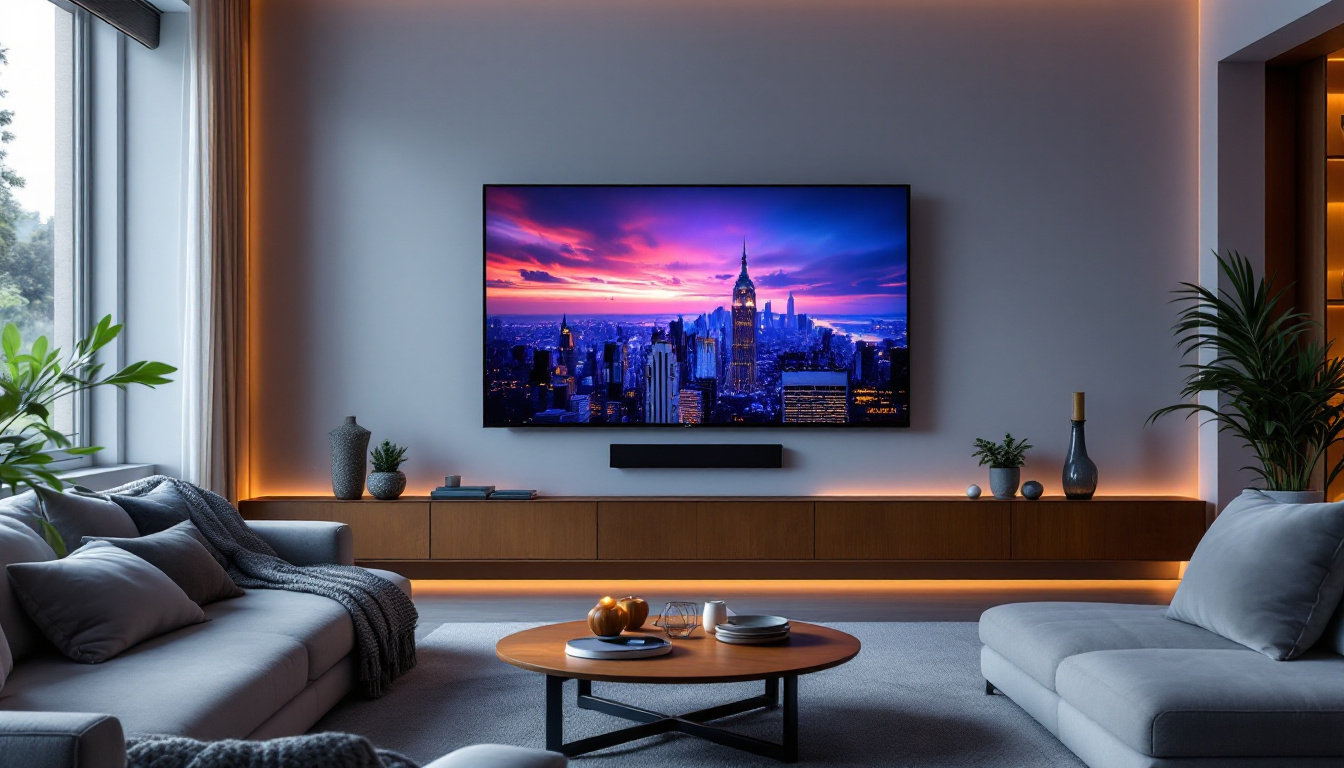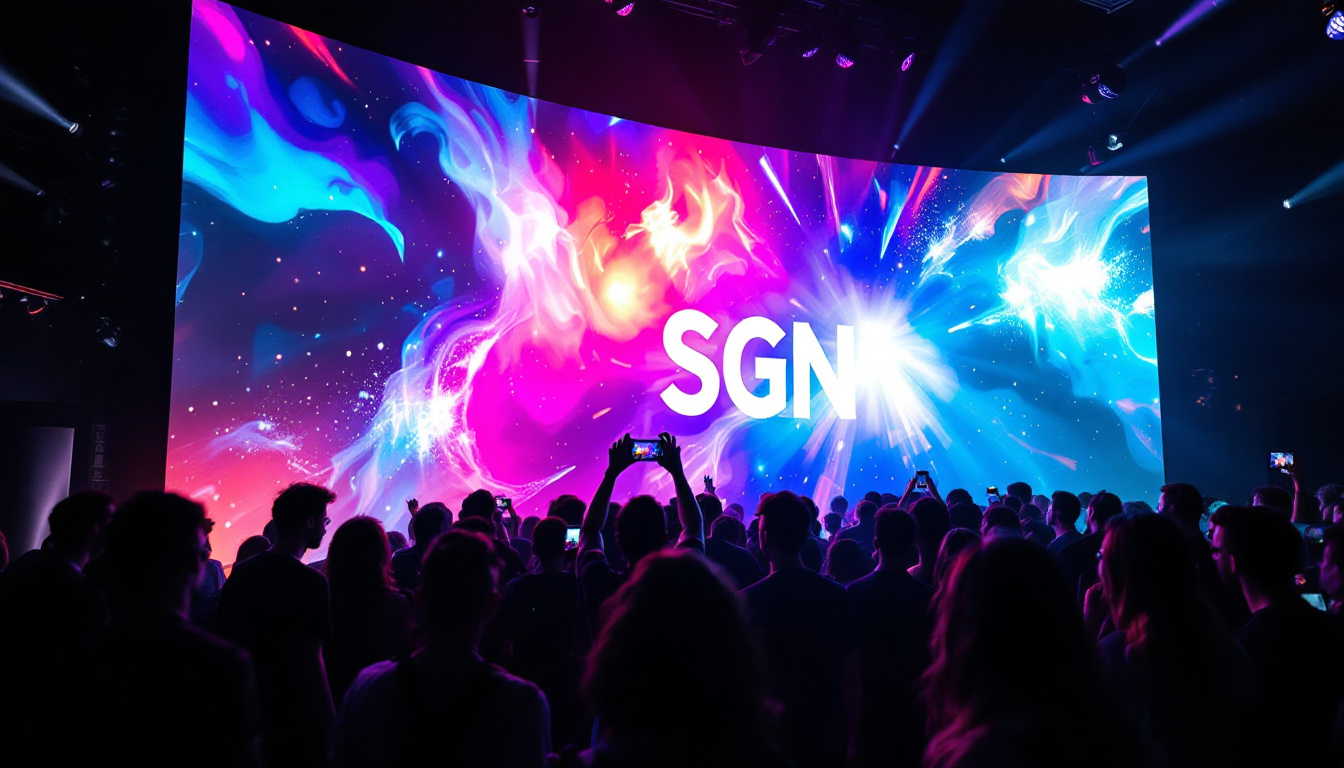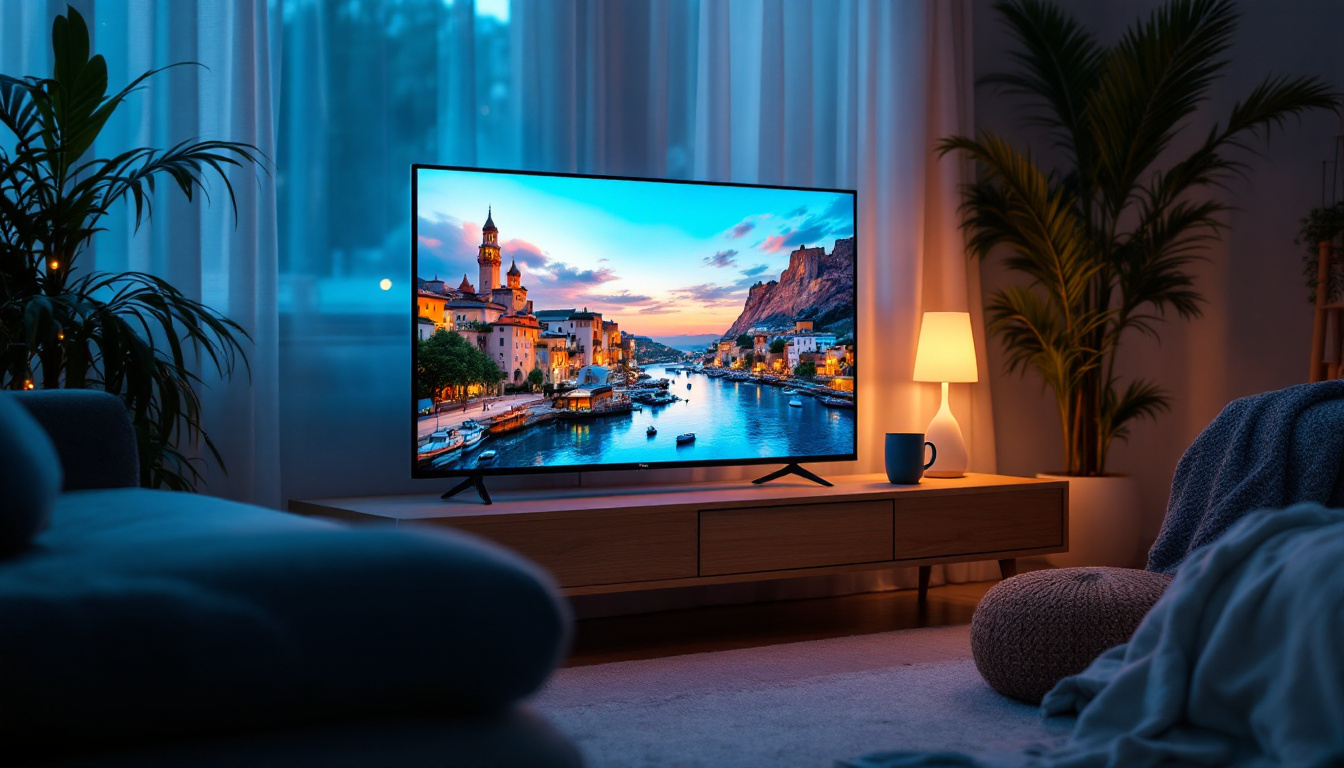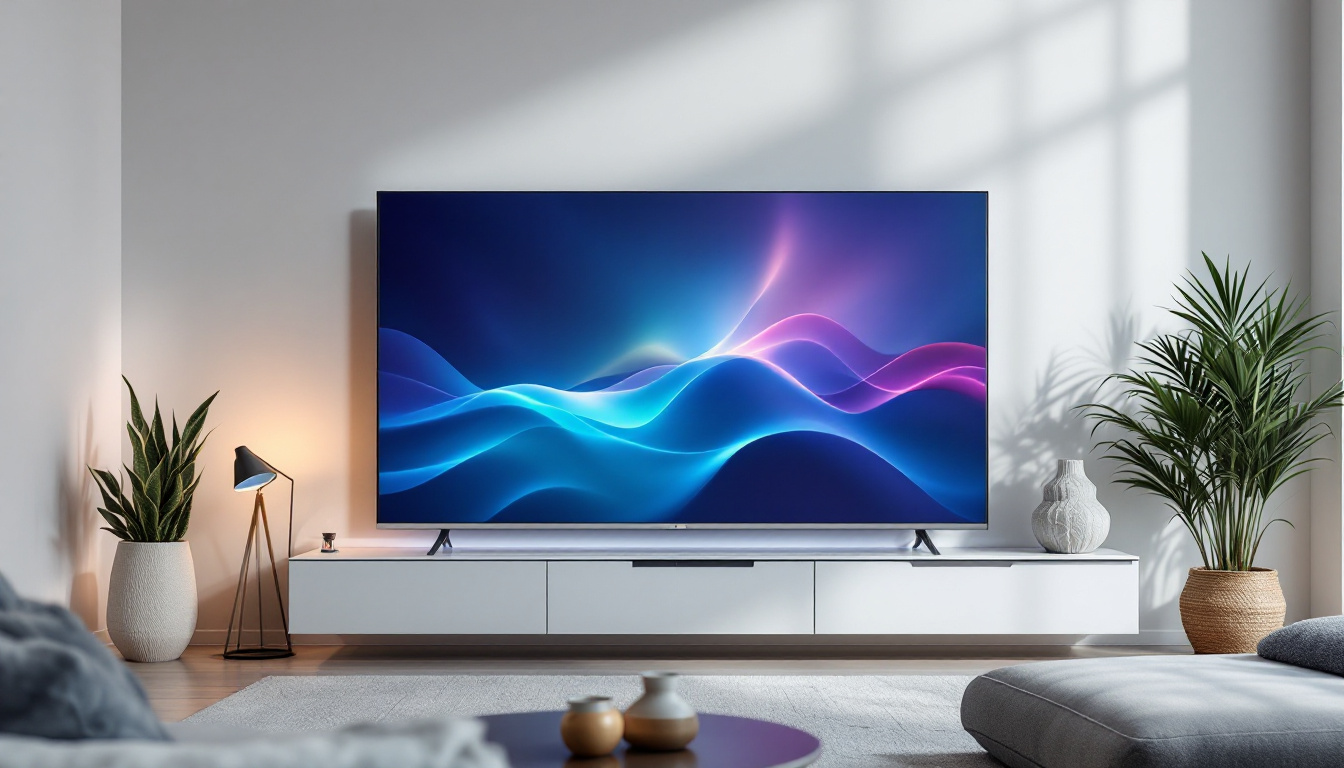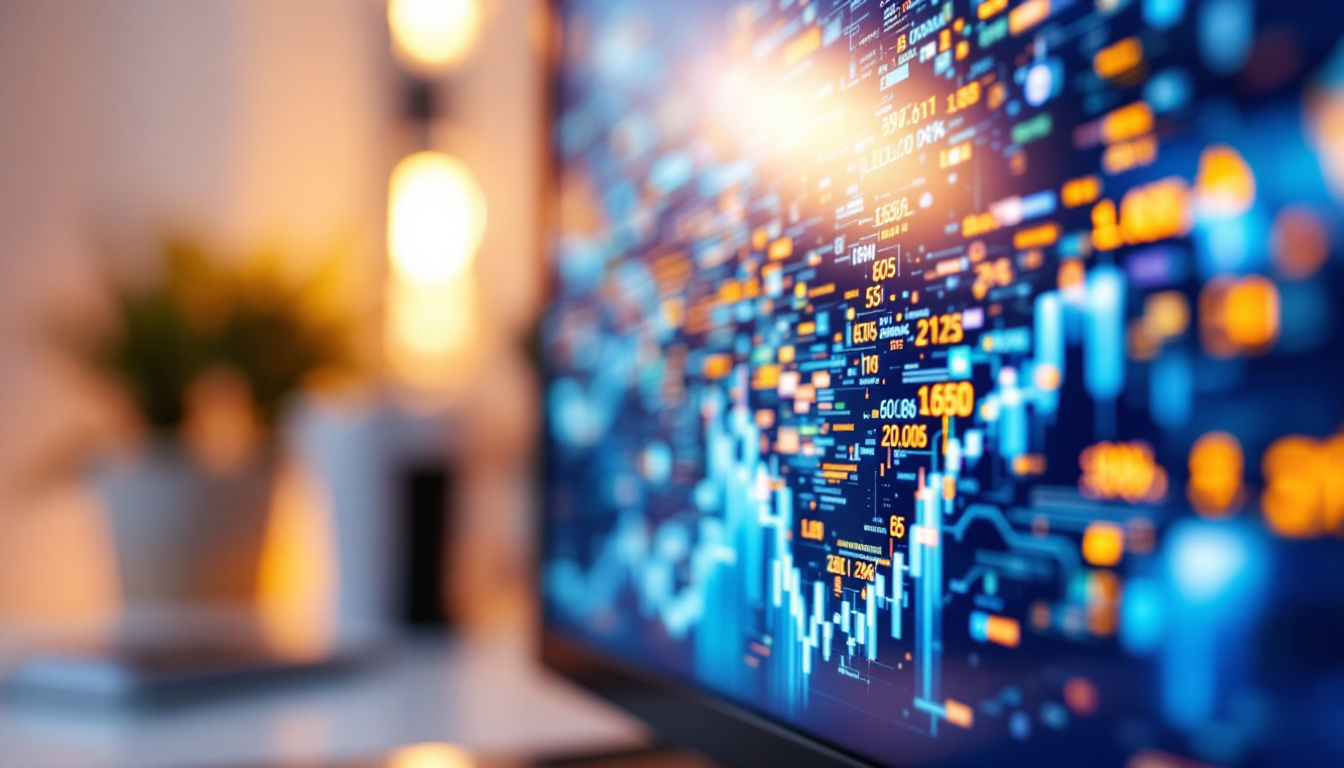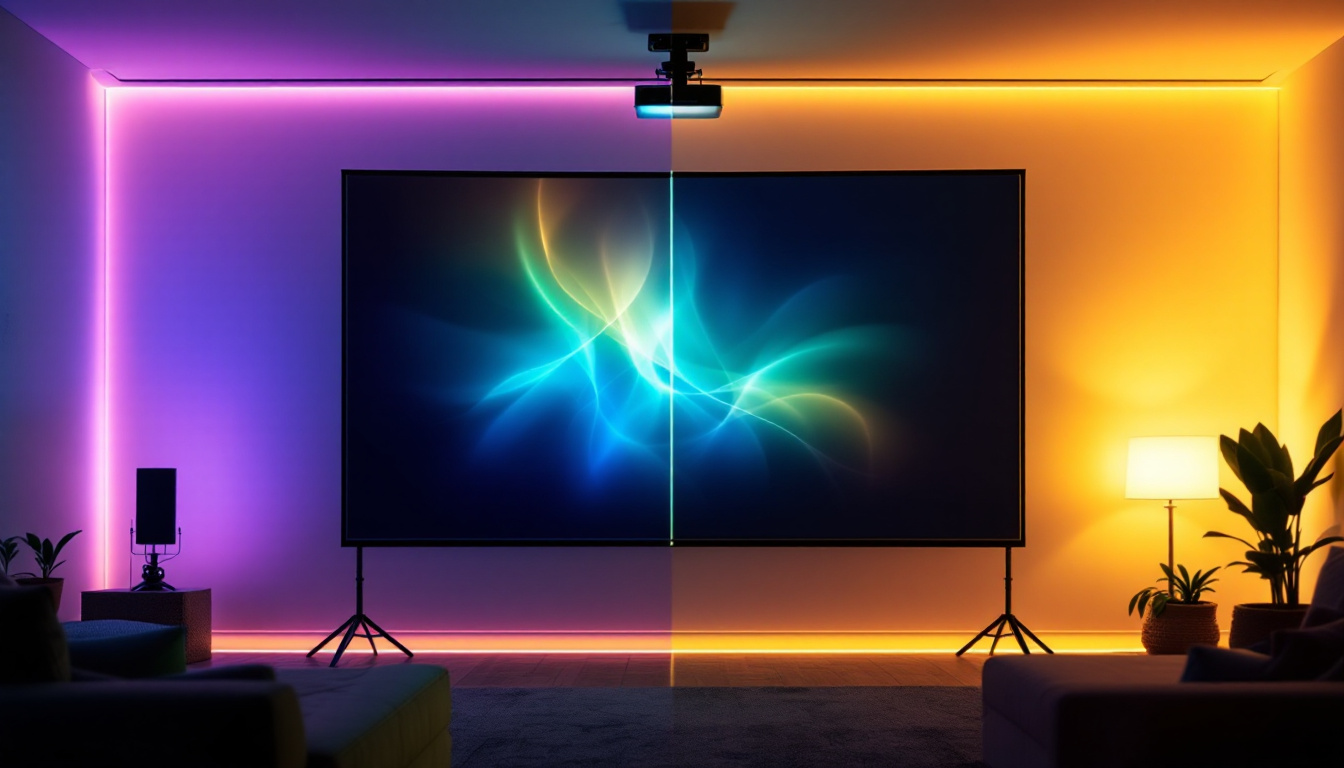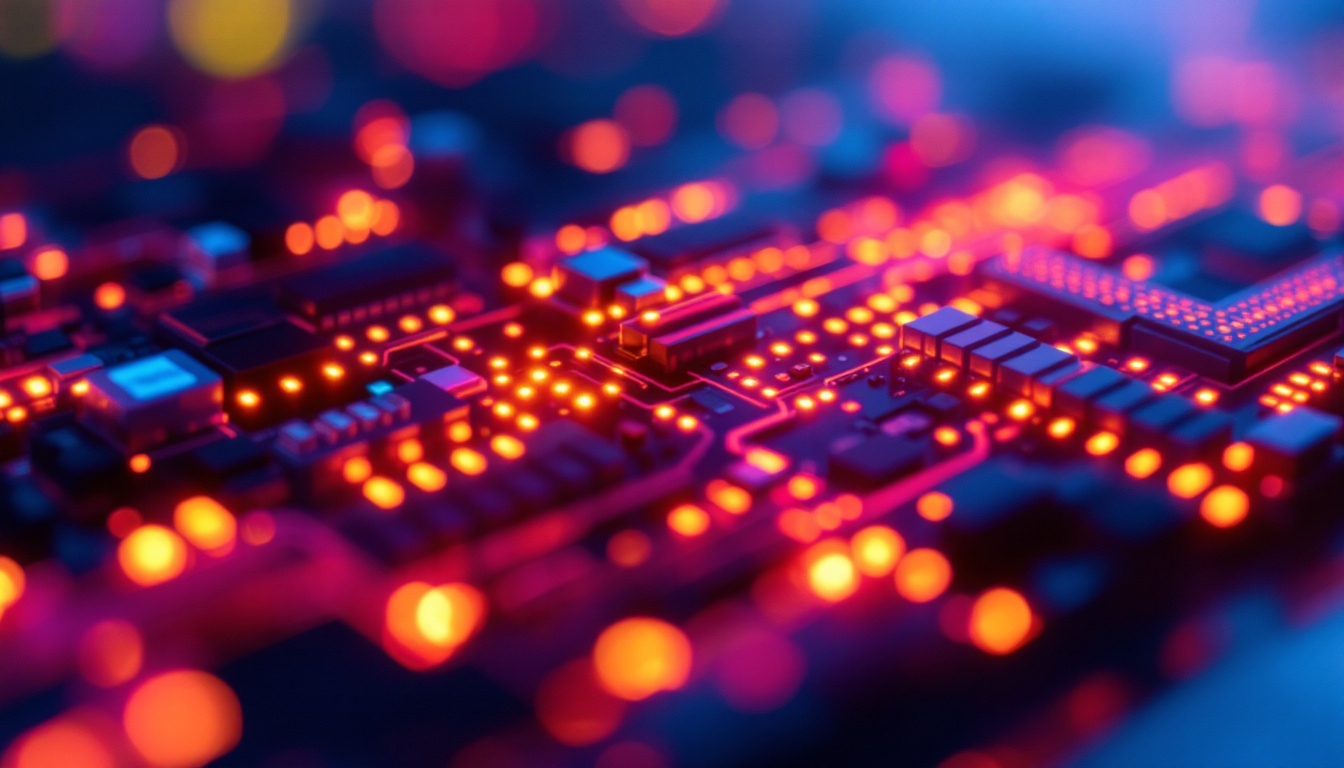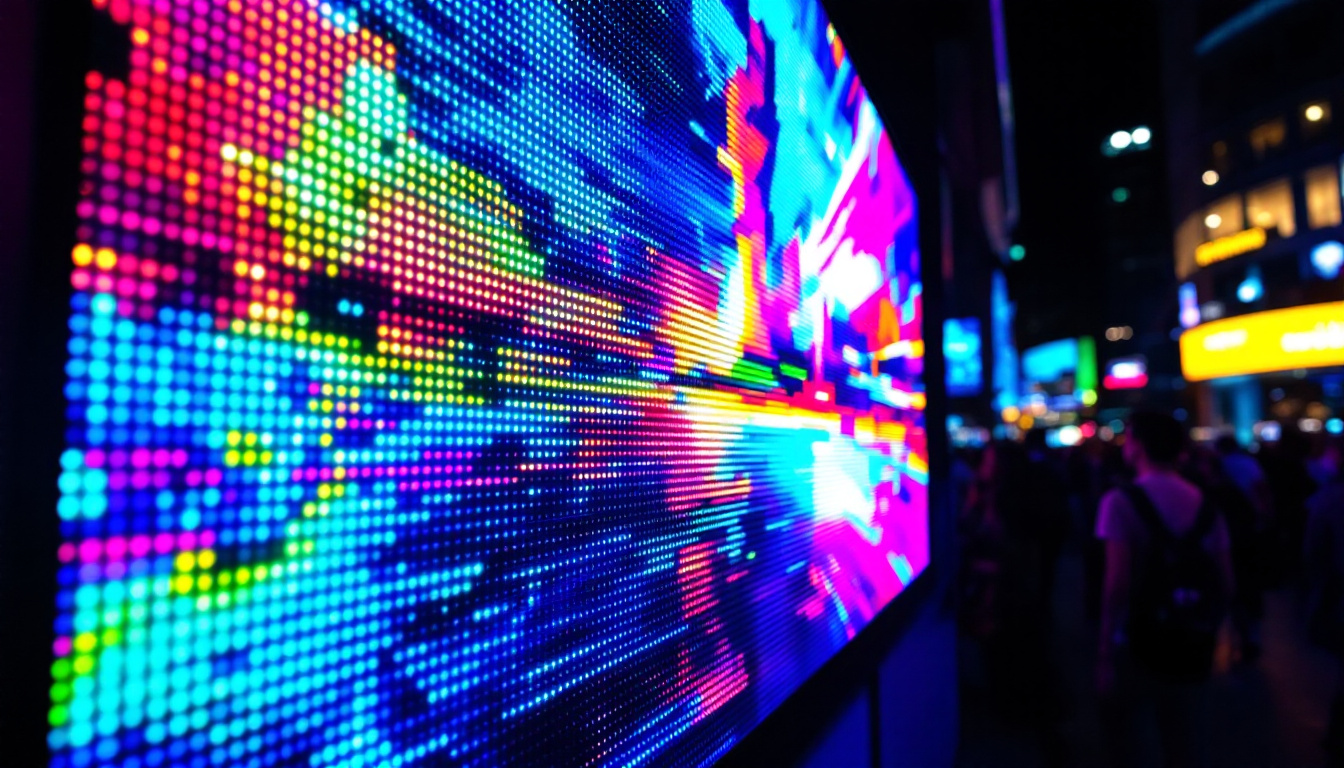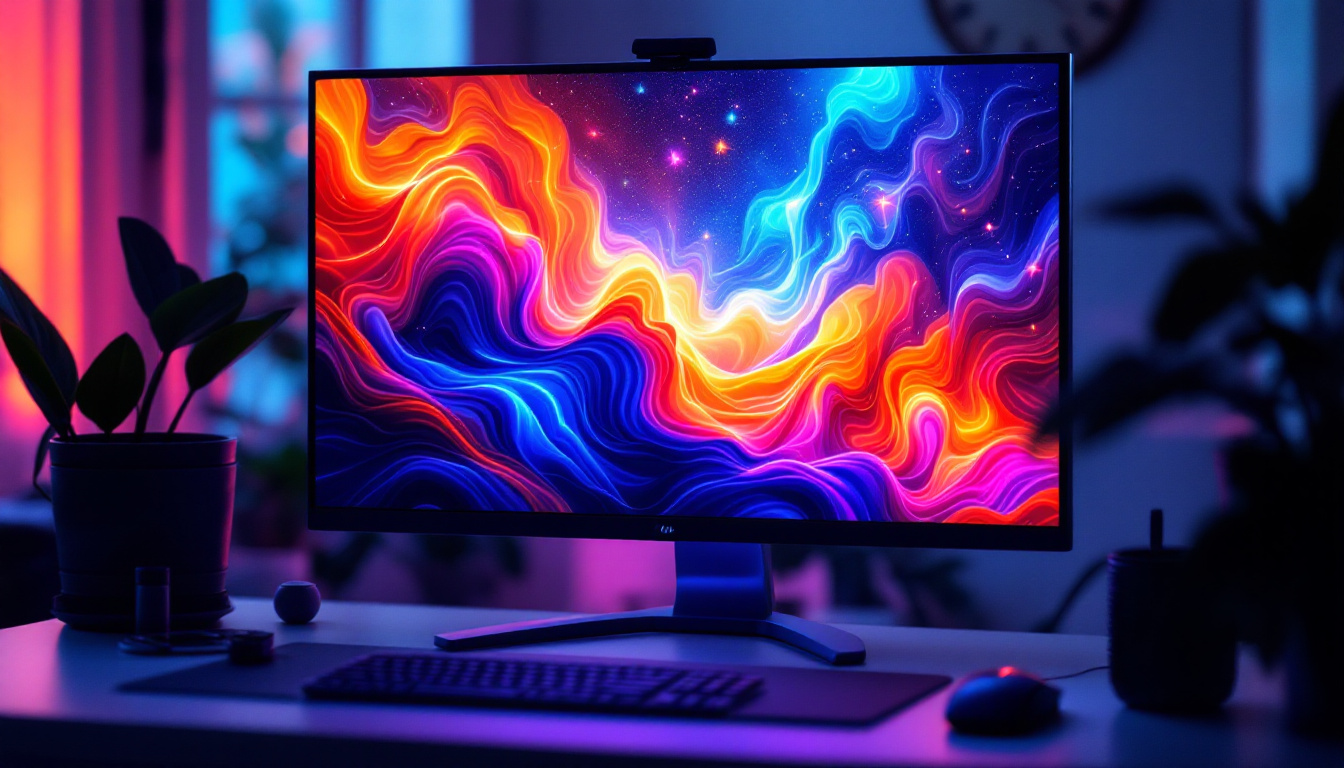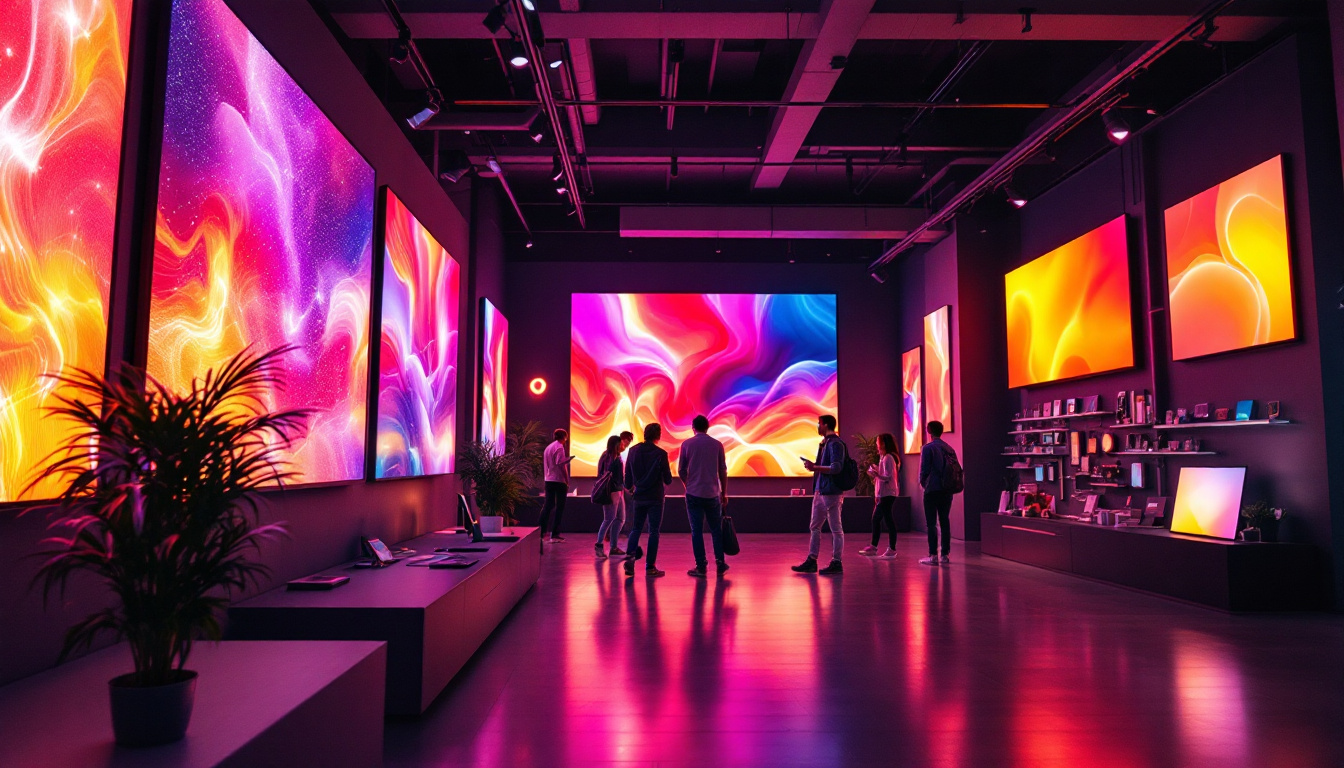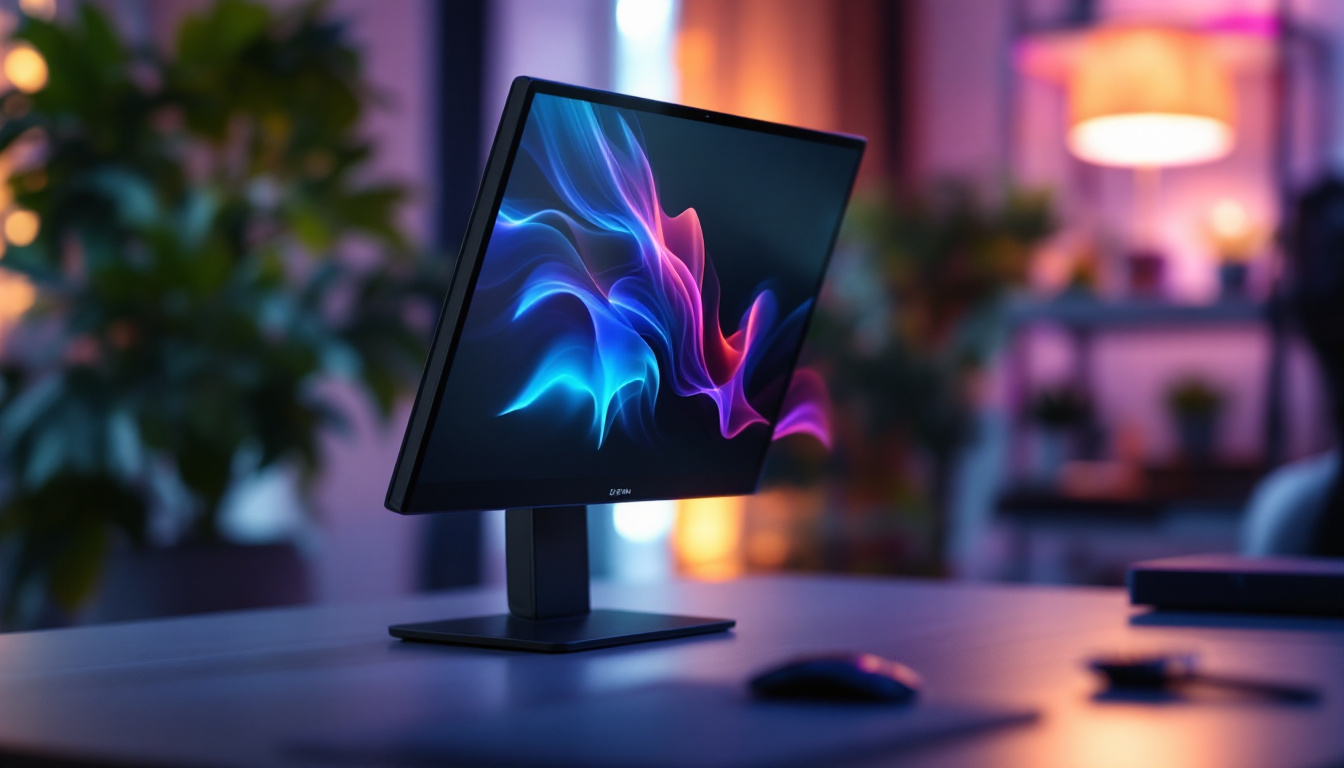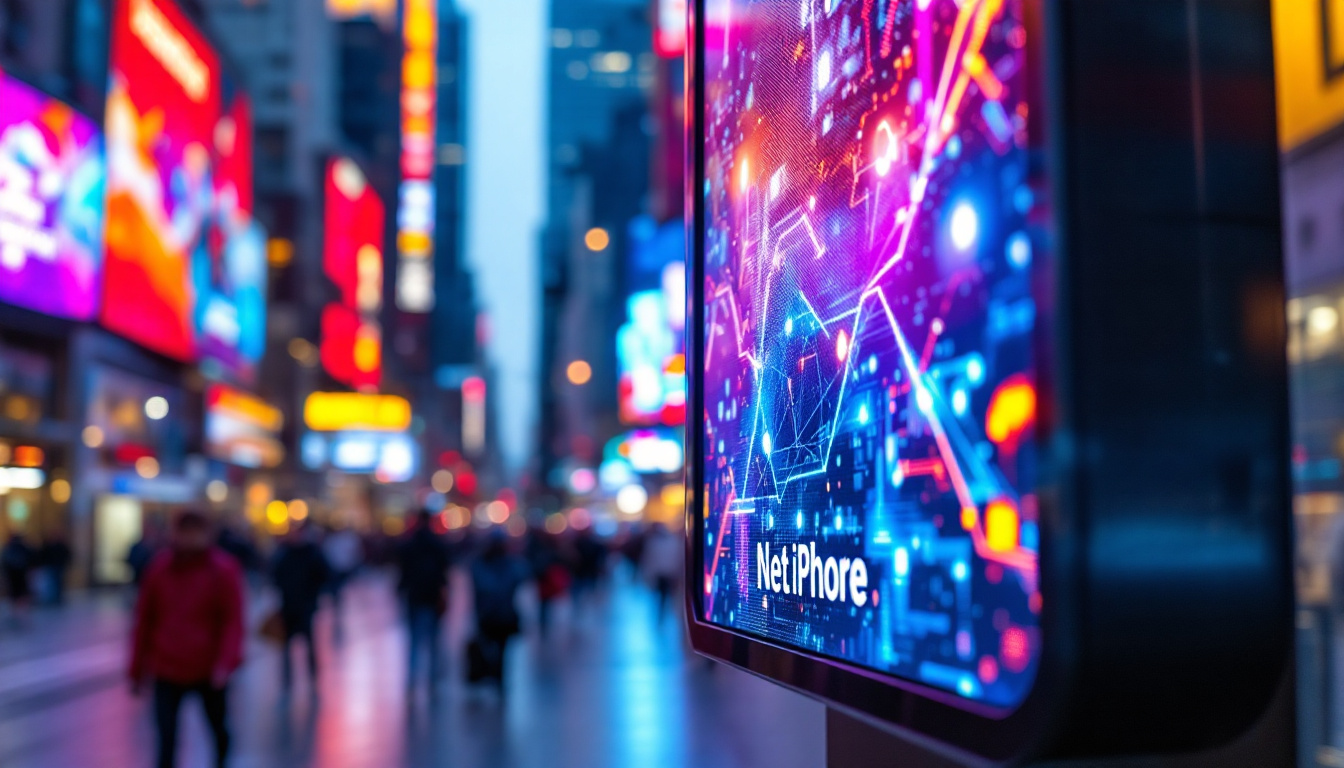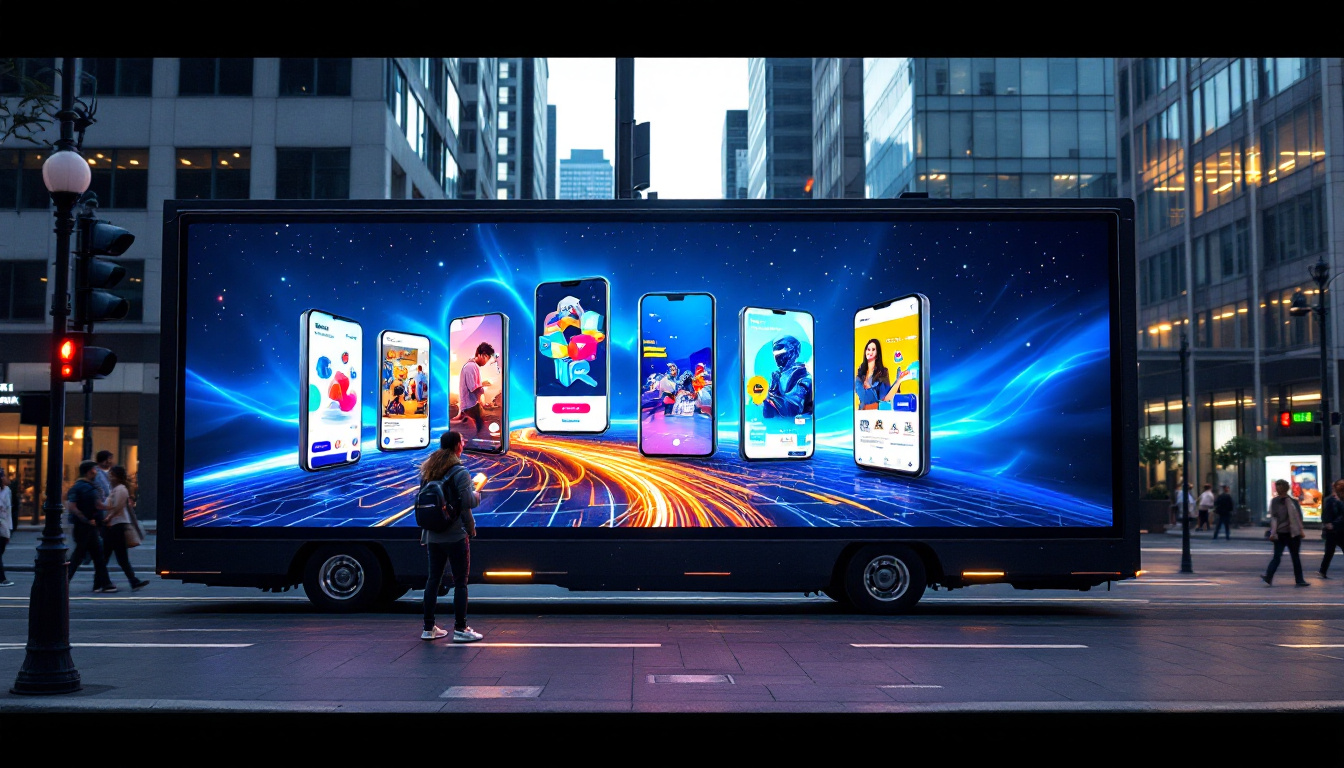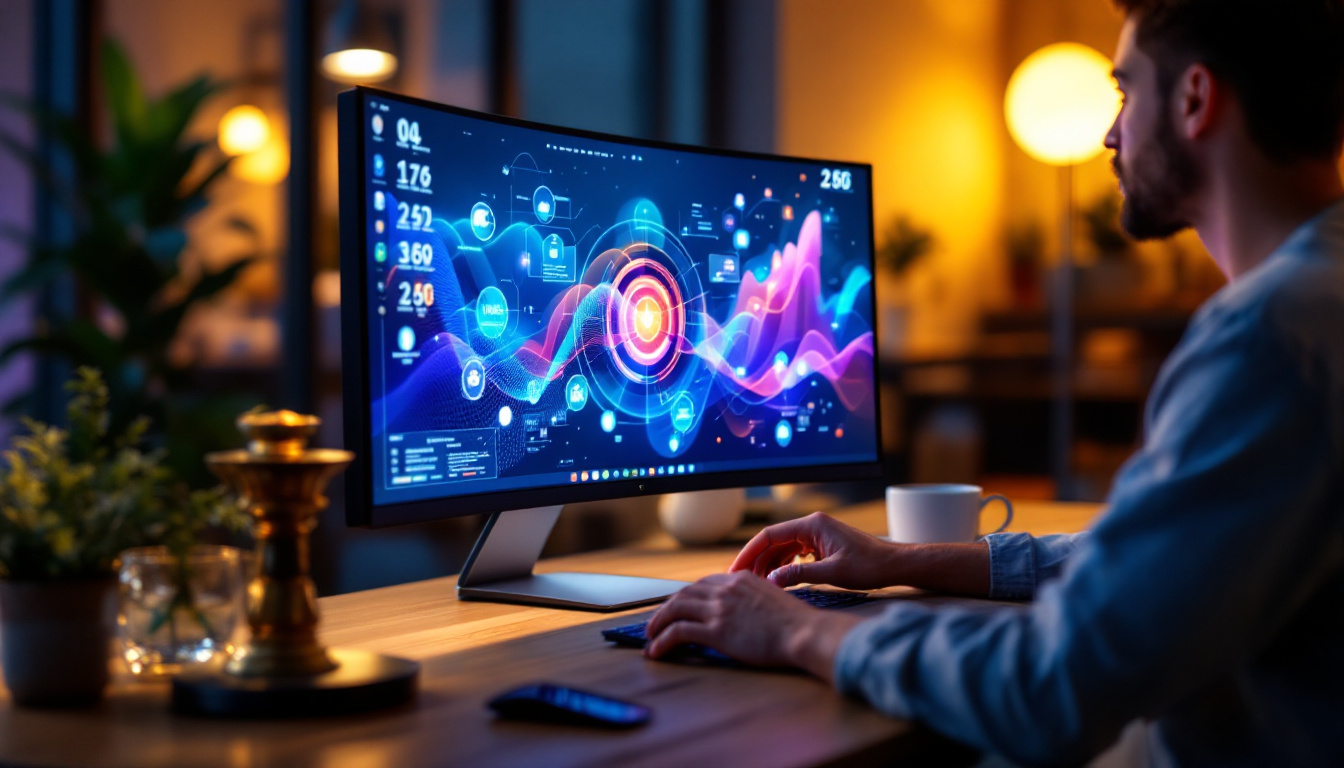In today’s digital age, large touch screen monitors have become an integral part of various industries, from education to corporate environments. These monitors not only enhance user interaction but also provide a dynamic platform for presentations, collaboration, and creativity. This article delves into the intricacies of LED displays, the technology behind large touch screen monitors, and their applications in different fields.
Understanding LED Technology
Light Emitting Diode (LED) technology has revolutionized the way displays are designed and utilized. Unlike traditional LCDs, LED displays offer superior brightness, contrast, and energy efficiency. The basic principle behind LED technology is the emission of light from semiconductor materials, which allows for a thinner and more flexible design. This innovation has not only enhanced consumer electronics but has also paved the way for new applications in various industries, including automotive lighting and architectural illumination.
How LED Displays Work
LED displays consist of a matrix of tiny light-emitting diodes that create images by varying the intensity of light emitted from each diode. This pixel-based approach allows for high-definition images and vibrant colors. The combination of red, green, and blue diodes creates a full spectrum of colors, making LED displays ideal for a variety of applications. The precision of this technology enables the display of intricate details and smooth gradients, which are essential for modern gaming and high-definition video playback.
Furthermore, LED displays can be categorized into two types: direct-lit and edge-lit. Direct-lit LED displays have a backlight that spans the entire screen, providing uniform brightness. In contrast, edge-lit displays use LEDs positioned along the edges of the screen, which can lead to thinner designs but may result in uneven brightness. The choice between these two types often depends on the specific needs of the user, such as the desired thickness of the display or the importance of consistent brightness across the entire screen.
Advantages of LED Displays
One of the most significant advantages of LED displays is their energy efficiency. They consume less power compared to traditional LCDs and CRTs, making them a more sustainable choice for businesses and consumers alike. Additionally, LED displays offer a longer lifespan, with many models lasting over 50,000 hours. This longevity not only reduces the frequency of replacements but also contributes to lower overall maintenance costs, making them an economically sound investment for both residential and commercial use.
Another benefit is their exceptional color accuracy and brightness levels. LED displays can achieve higher contrast ratios, resulting in deeper blacks and brighter whites. This feature is particularly advantageous in environments where visual clarity is paramount, such as in design studios or during presentations. Moreover, advancements in LED technology have led to the development of features like HDR (High Dynamic Range), which enhances the viewing experience by providing a wider range of colors and brightness levels. As a result, LED displays are increasingly becoming the preferred choice for filmmakers, photographers, and graphic designers who rely on precise color reproduction for their work.
Large Touch Screen Monitors: Features and Benefits
Large touch screen monitors combine the advantages of LED technology with interactive capabilities, making them versatile tools for various applications. These monitors are equipped with touch-sensitive surfaces that enable users to interact directly with the display, enhancing engagement and collaboration.
Enhanced User Interaction
The primary feature of large touch screen monitors is their ability to facilitate direct interaction. Users can navigate through applications, manipulate images, and input data simply by touching the screen. This intuitive interface is particularly beneficial in educational settings, where students can engage with content in a hands-on manner.
Moreover, large touch screens support multi-touch functionality, allowing multiple users to interact with the display simultaneously. This feature is invaluable in collaborative environments, such as brainstorming sessions or team meetings, where ideas can be shared and developed in real-time. The tactile feedback provided by these screens also enhances the user experience, making interactions feel more natural and responsive, which can lead to increased productivity and creativity during collaborative tasks.
Applications Across Industries
Large touch screen monitors are utilized in a myriad of industries, each benefiting from their unique features. In education, these monitors serve as interactive whiteboards, enabling teachers to present lessons dynamically and engage students more effectively. In corporate settings, they facilitate presentations and meetings, allowing participants to share information seamlessly.
In the retail sector, touch screen displays enhance customer experience by providing interactive product catalogs and promotional content. Shoppers can browse through various items, compare prices, and even place orders directly from the screen, making the shopping experience more efficient and enjoyable. Additionally, in healthcare, these monitors can be used for patient education, allowing medical professionals to explain procedures and treatments visually. Hospitals and clinics are increasingly adopting these technologies to improve patient understanding and engagement, which can lead to better health outcomes.
Furthermore, large touch screen monitors are making their mark in the hospitality industry, where they can be used for check-in kiosks, digital signage, and interactive maps for guests. This not only streamlines operations but also enhances the overall guest experience by providing easy access to information and services. As technology continues to evolve, the integration of large touch screen monitors into various sectors is expected to grow, paving the way for more innovative applications that enhance user interaction and streamline processes.
Choosing the Right Large Touch Screen Monitor
When selecting a large touch screen monitor, several factors should be considered to ensure it meets the specific needs of the intended application. These factors include size, resolution, touch technology, and connectivity options.
Size and Resolution
The size of the monitor plays a crucial role in its effectiveness. Larger screens are ideal for presentations and collaborative work, as they allow for better visibility from a distance. Resolution is equally important; higher resolutions provide clearer images and text, enhancing the overall viewing experience. Common resolutions for large touch screen monitors include Full HD (1920×1080) and 4K (3840×2160). Additionally, it’s worth noting that the pixel density can significantly affect the sharpness of the display. For instance, a 4K resolution on a 65-inch screen offers a much finer detail compared to a lower resolution on the same size, making it more suitable for detailed graphics or intricate data visualizations. This is particularly beneficial in environments such as design studios or educational settings where clarity is paramount.
Touch Technology
There are various types of touch technology used in large touch screen monitors, including capacitive, resistive, and infrared. Capacitive touch screens are known for their responsiveness and multi-touch capabilities, making them suitable for interactive applications. Resistive screens, while less sensitive, can be used with gloves or styluses, which may be beneficial in certain environments. Furthermore, infrared touch technology is gaining popularity due to its durability and ability to detect touch without direct contact with the screen surface. This can be particularly advantageous in public spaces, where hygiene is a concern, as it allows users to interact with the display without leaving fingerprints or requiring frequent cleaning. Understanding these technologies can help users select a monitor that not only meets their functional requirements but also enhances user engagement and satisfaction.
Installation and Maintenance Considerations
Installing a large touch screen monitor requires careful planning to ensure optimal performance. Factors such as placement, mounting options, and accessibility must be considered. For instance, the monitor should be positioned at a height that allows comfortable interaction for users of varying heights.
Mounting Options
There are several mounting options available for large touch screen monitors, including wall mounts, mobile stands, and desktop mounts. Wall mounts are ideal for fixed installations, while mobile stands provide flexibility for different settings. Desktop mounts can be used in smaller spaces, allowing for easy access and interaction.
Regular Maintenance
To keep a large touch screen monitor functioning optimally, regular maintenance is essential. This includes cleaning the screen with appropriate materials to avoid scratches and ensuring that the software is updated to the latest version. Additionally, checking the connections and cables periodically can prevent issues related to connectivity.
The Future of Large Touch Screen Monitors
The technology behind large touch screen monitors continues to evolve, with advancements in display quality, touch sensitivity, and interactivity. Future developments may include enhanced gesture recognition, improved artificial intelligence integration, and even more energy-efficient designs.
Integration with Smart Technologies
As smart technology becomes more prevalent, large touch screen monitors are likely to integrate seamlessly with other smart devices. This integration can lead to enhanced functionality, such as controlling smart home devices or accessing cloud-based applications directly from the monitor.
Potential for Virtual and Augmented Reality
With the rise of virtual and augmented reality, large touch screen monitors may serve as platforms for immersive experiences. These technologies could transform how users interact with digital content, providing new avenues for education, training, and entertainment.
Conclusion
Large touch screen monitors equipped with LED displays represent a significant advancement in display technology, offering a multitude of benefits across various industries. Their ability to facilitate direct interaction enhances user engagement, making them invaluable tools in education, corporate environments, retail, and healthcare.
As technology continues to advance, the potential applications for large touch screen monitors will only expand, paving the way for more innovative and interactive experiences. Understanding the features and benefits of these monitors can help organizations make informed decisions that enhance productivity and collaboration.
In summary, large touch screen monitors are not just a trend; they are a powerful tool that can transform how individuals and organizations communicate, collaborate, and create. Investing in this technology can yield significant returns in efficiency, engagement, and overall effectiveness.
Discover LumenMatrix’s Innovative LED Display Solutions
Ready to elevate your interactive experiences with the latest in LED display technology? Look no further than LumenMatrix, a pioneer in crafting visually stunning and technologically advanced LED displays. From indoor and outdoor LED walls to specialized solutions for vehicles, sports, and custom installations, LumenMatrix is committed to transforming your visual communications. Embrace the future of engagement and captivate your audience with clarity and impact. Check out LumenMatrix LED Display Solutions today and see how we can illuminate your world.

